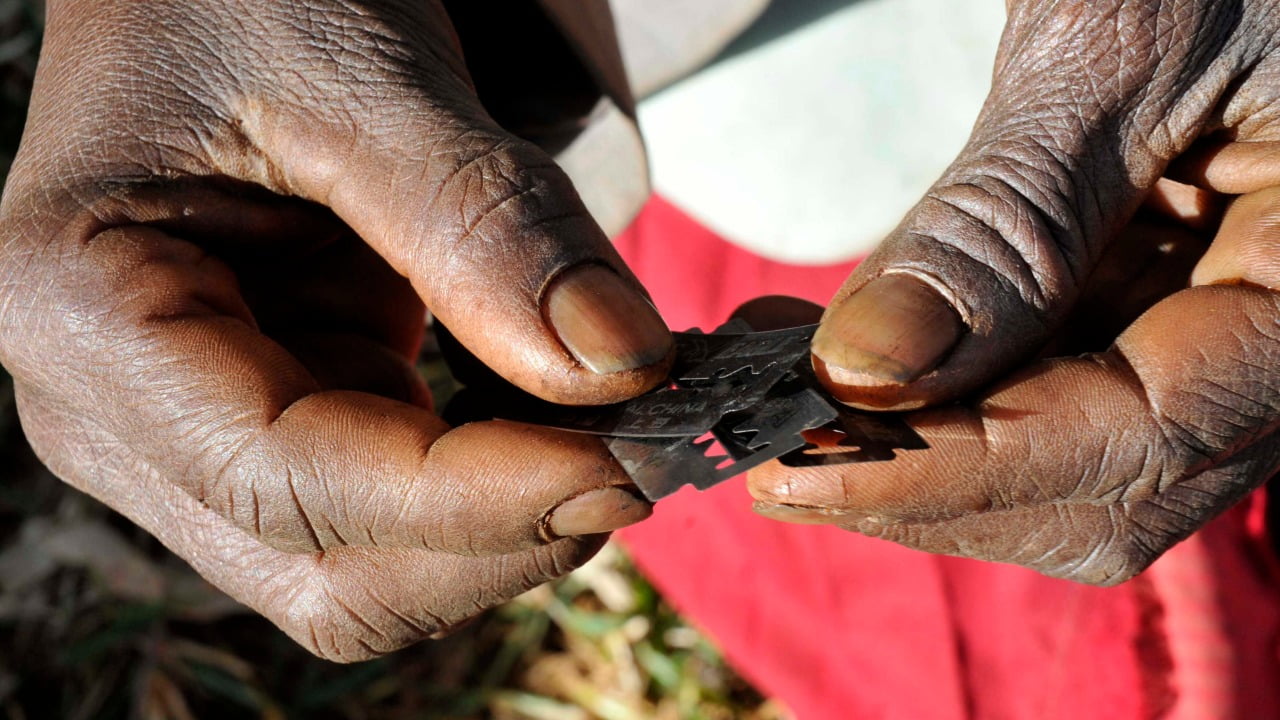HEALTHWISE

NIGERIA RANKS 3RD GLOBALLY IN FEMALE GENITAL MUTILATION WITH 20 MILLION VICTIMS – UNICEF
Nigeria is now ranked third globally in cases of female genital mutilation (FGM), with about 20 million women and girls affected, according to the United Nations Children’s Fund (UNICEF).
Celine Lafoucriere, Chief of UNICEF Lagos Field Office, revealed these figures during a two-day media dialogue on FGM advocacy held in Benin City. The program, organized by the Oyo State Ministry of Information, brought together media practitioners from South-West states and Edo State to discuss strategies to end the harmful practice.
“This is a huge number we cannot be blind or deaf to. Most of them were cut before their fifth birthday, when they were powerless, unable to consent, resist, or even understand what was happening to them,” Lafoucriere said. She stressed that despite FGM being outlawed in Nigeria, the practice persists in some communities, fueled by harmful myths and traditions. “No culture or custom should ever come at the expense of girls’ health, rights, or their future,” she added.
UNICEF noted that progress is being made through initiatives led by the Federal Government in collaboration with UNICEF, highlighting the critical role of media in raising awareness. Lafoucriere emphasized that FGM is never a choice, but a violation inflicted upon women and girls.
Mr. Rotimi Babalola, Permanent Secretary of the Ministry of Information, urged media professionals to intensify effortsin the campaign against FGM, noting their key role in shaping societal agendas.
Aderonke Olutayo, Sexual and Reproductive/FGM Consultant, stressed the importance of involving men and parents in the fight against FGM, noting that men often play a central role in family decision-making. She also highlighted barriers to reporting and prosecuting FGM cases, including fear of reprisal, lack of safe reporting channels, minimal arrests, and survivors’ fear of stigmatization.
The dialogue underlines the urgency and achievability of ending FGM in Nigeria through concerted advocacy, media engagement, and community involvement, with the ultimate goal of protecting the rights and futures of millions of girls and women.
"This represents a significant development in our ongoing coverage of current events."— Editorial Board









